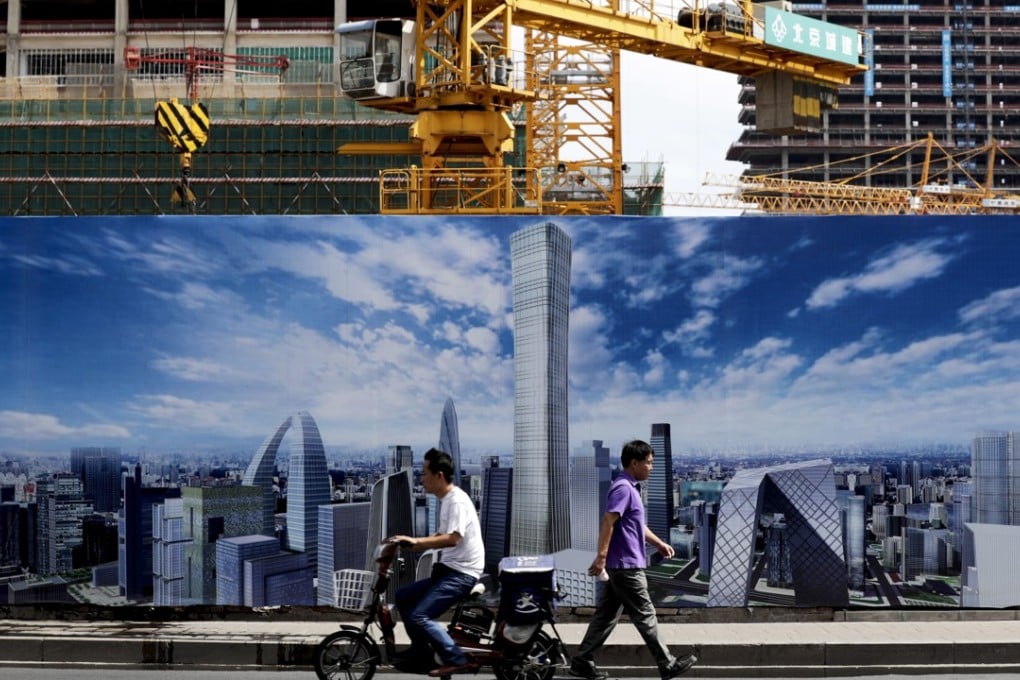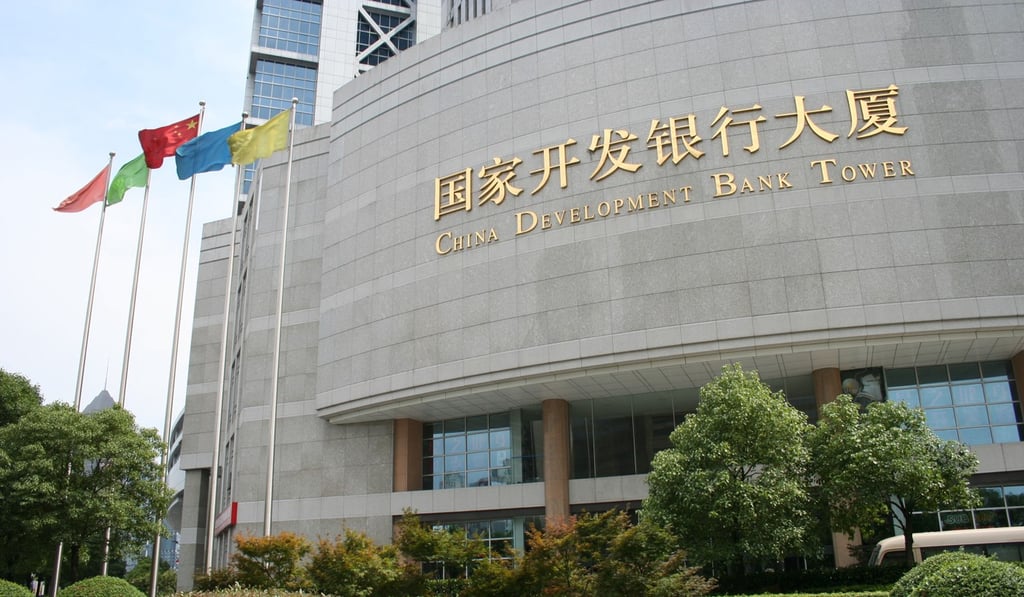Navigating the bumps on the ‘Belt and Road Initiative’
New projects such as railways and roads, ports and power plants have begun in numerous countries. Finding the right talent and partners and getting support from banks are key

Vincent H.S. Lo, chairman of the Hong Kong Trade Development Council, stated in his welcome speech at the third Belt and Road Summit in Hong Kong in June that the infrastructure development has achieved “significant progress” in the five years since President Xi Jinping unveiled the “Belt and Road Initiative”.

“New projects such as railways and roads, ports and power plants have begun in numerous countries,” he said. “At the same time, new opportunities are opening up.”
China has made 101 agreements with 86 countries, and has investments in 24 countries worth US$50 billion.
“It is incontestable that the BRI is one of the most ambitious development projects in history, with massive economic and political implications for China and all those involved along the path,” said Vicky Ma, a consultant in law firm Clifford Chance’s Hong Kong office. “To gauge its current progress and future prospects, it is crucial to understand its beginnings.
“China’s vision is to boost global trade and to create new, vibrant economies along its route,” Ma added. “President Xi also described it as a vehicle for China to assume a greater role on theinternational stage by funding and developing global transport and trade links.”
By revitalising the historic Silk Road trade route and increasing connectivity between countries in Asia, the Middle East, Africa and Europe, the initiative is expected to boost development and trade along six economic corridors.
Matching partners for diverse needs
“Since its inception five years ago, the BRI has been criticised for being vague and lacking clear direction,” said Ma.
